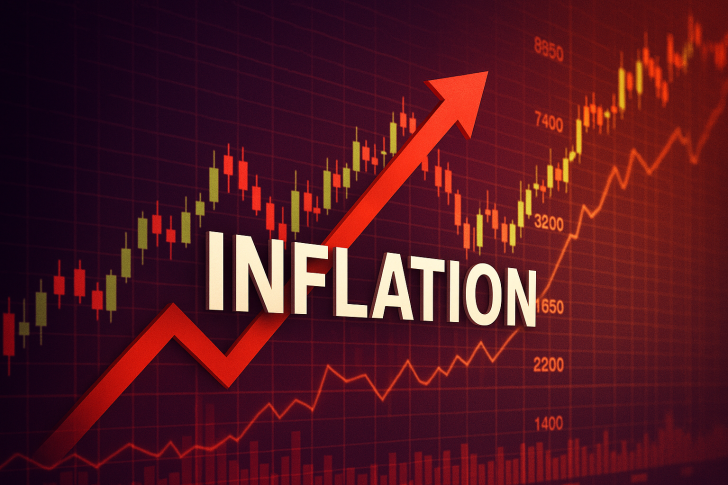Next week could mark a turning point for the US Dollar as financial markets gear up for what many analysts are calling a "triple threat" of economic data. Consumer confidence numbers, a crucial GDP revision, and the Federal Reserve's preferred inflation metric are all set to drop within days of each other, creating a perfect storm that could send the greenback soaring—or tumbling.
These aren't just routine data releases. Each report has the power to fundamentally shift how investors view America's economic trajectory and the Fed's next moves. For traders holding their breath, the coming days promise either vindication or a harsh reality check.
Consumer Confidence: The Pulse of American Spending
First up is the consumer confidence report, essentially America's economic mood ring. When Americans feel good about their financial future, they spend more—and that spending drives roughly 70% of US economic activity.
A strong reading would signal that households remain optimistic despite ongoing economic headwinds, potentially giving the dollar a solid boost. But if confidence takes a hit, it could spell trouble for both consumer spending and the USD's near-term prospects.
Market veterans know that surprised consumers often mean surprised markets, and this release has caught many off guard before.
GDP Revision: Separating Economic Fiction from Reality
The GDP revision might sound boring, but it's anything but. Think of it as the economy's report card getting a second look from the teacher—and sometimes those grades change dramatically.
If the revision shows the economy grew faster than initially thought, it would reinforce the narrative of American economic resilience. That's typically dollar-positive news. However, a downward revision could puncture some of the optimism that's been building around US growth, potentially weighing on the greenback.
These revisions have historically moved markets more than many expect, especially when they contradict the prevailing economic narrative.
PCE Inflation: The Fed's Crystal Ball
Here's where things get really interesting. The Personal Consumption Expenditures index isn't just another inflation report—it's the metric that Federal Reserve officials actually use when making their interest rate decisions.
A hotter-than-expected reading would likely reinforce the Fed's hawkish stance, potentially pushing rate cut expectations further into the future and giving the dollar a significant lift. Conversely, softer inflation data could reignite speculation about earlier rate cuts, which typically weakens the USD.
Given how sensitive markets have become to Fed policy signals, this single data point could overshadow everything else.
 Saad Ullah
Saad Ullah

 Saad Ullah
Saad Ullah


